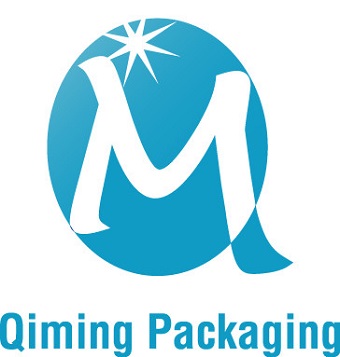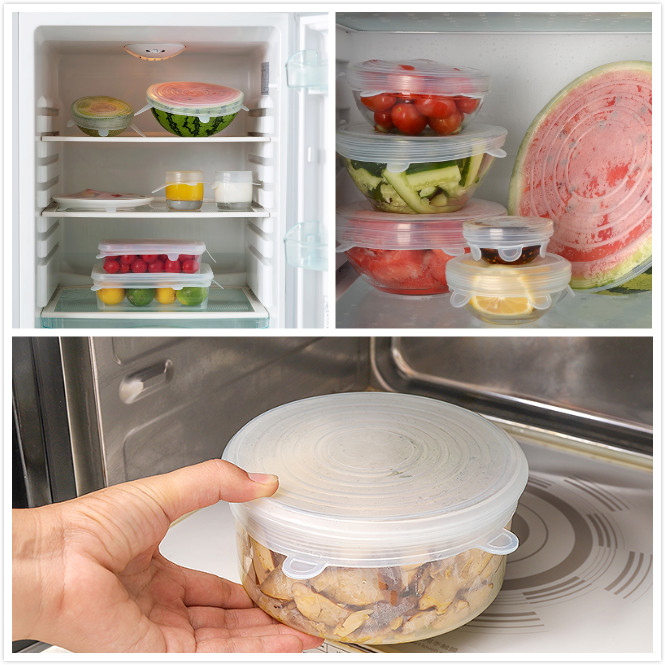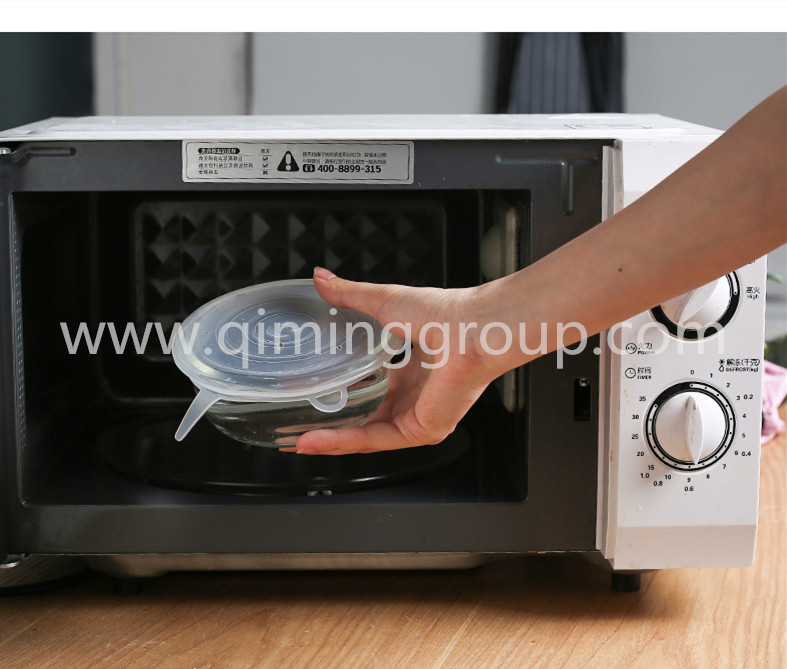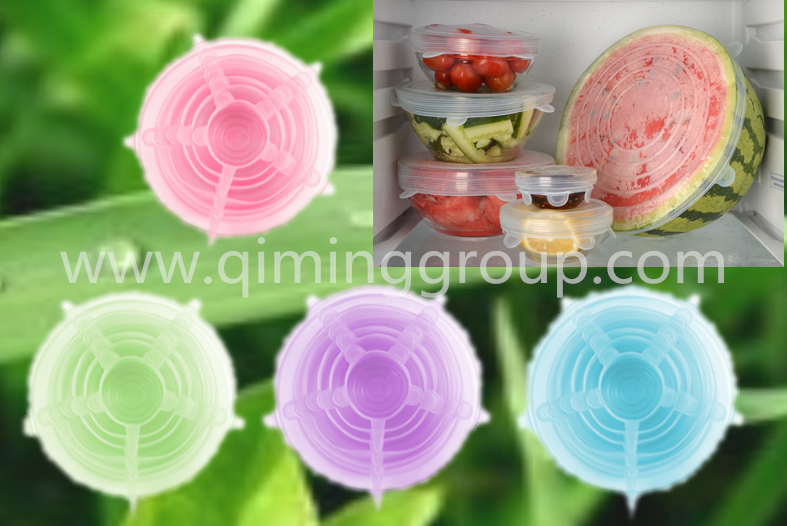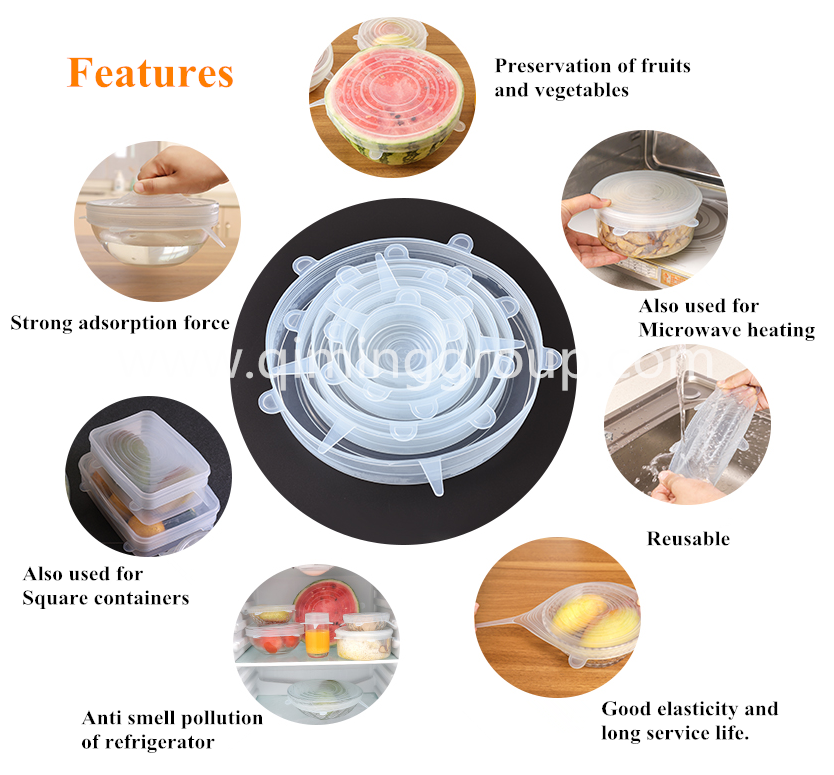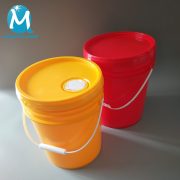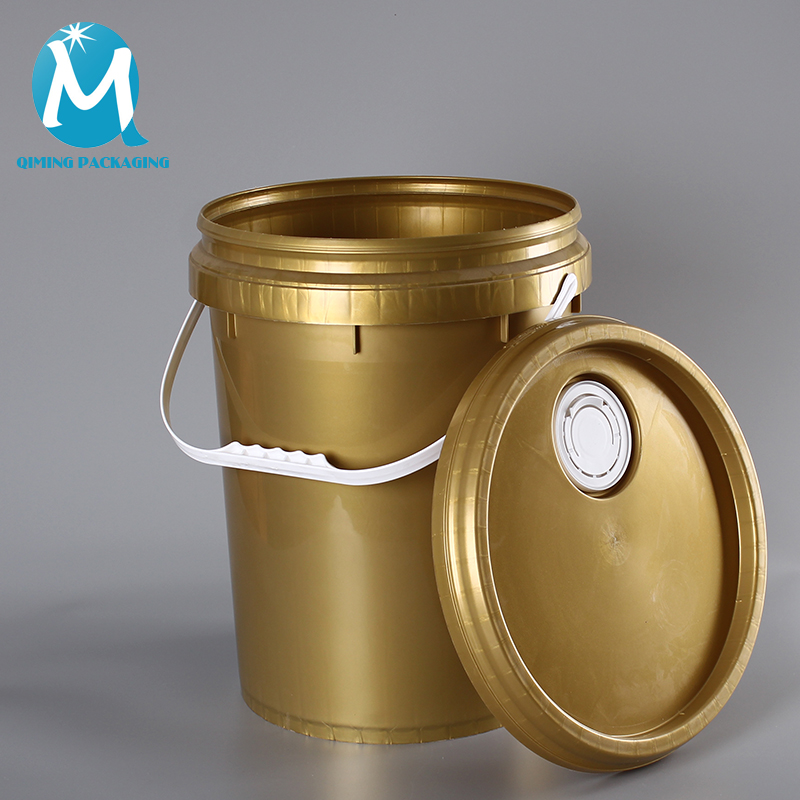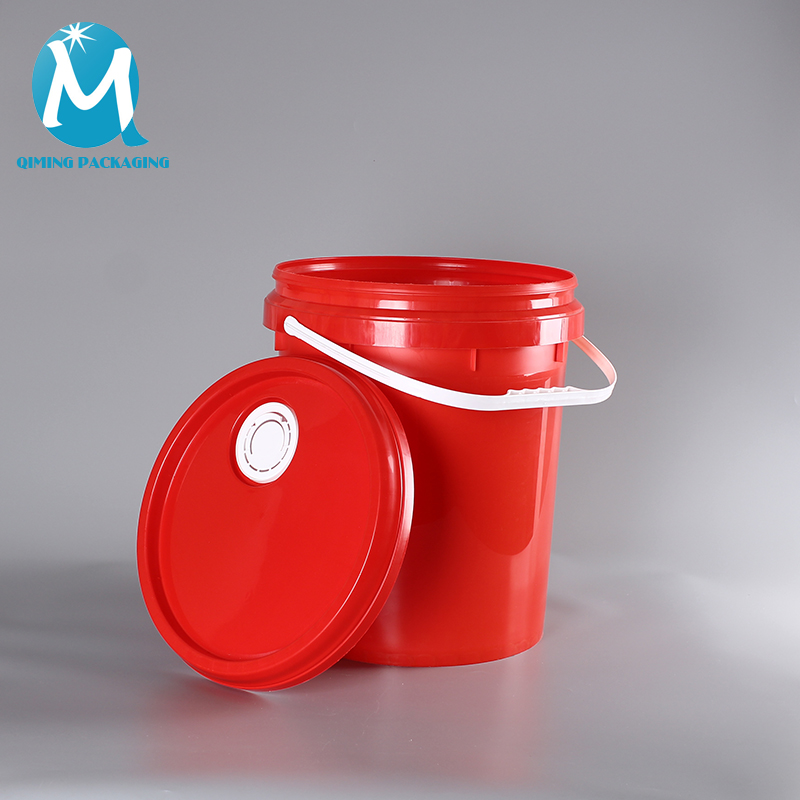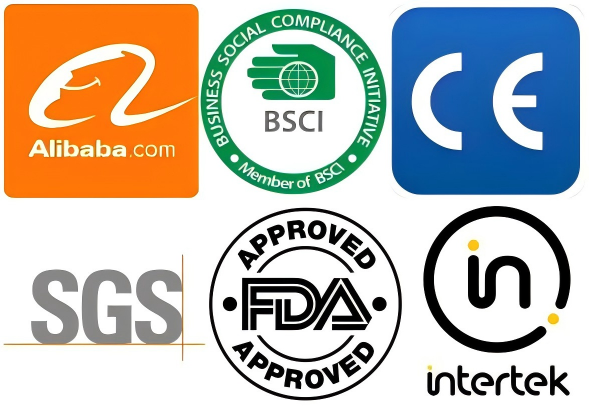An Honest Review of Silicone stretch Lids
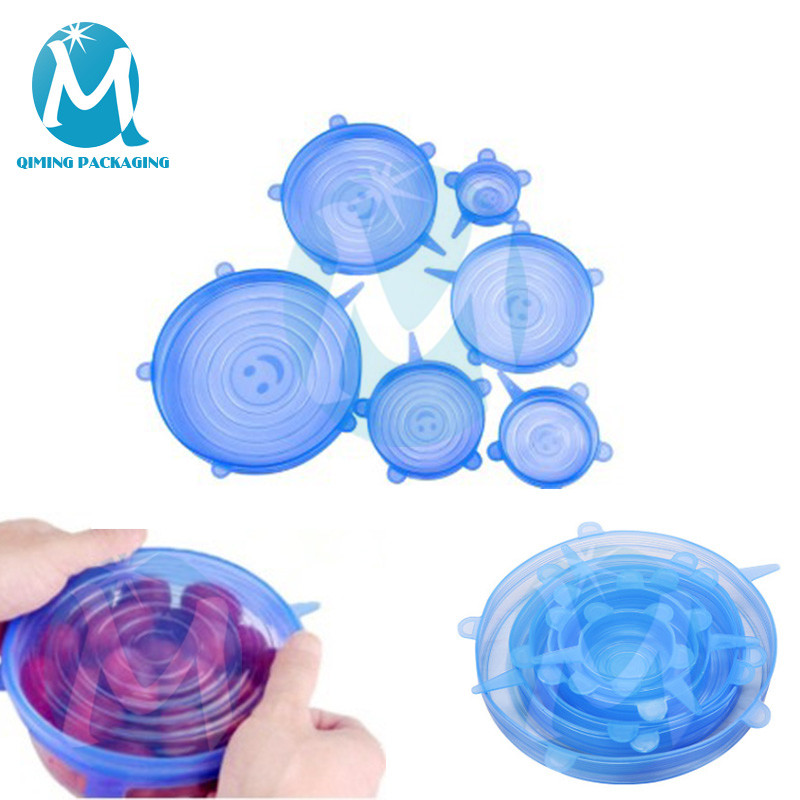
stretch silicone lids
When we have some food left, we choose disposable products such as plastic wrap to preserve food. But this inevitably leads to waste. We are all for reducing waste. we try really hard to reduce our environmental footprint by using reusable materials whenever possible. That means we opt for microfiber cloths over paper towels, glass storage containers over zip-top baggies, and real forks and knives instead of plastic ones whenever we have takeout. Now we will introduce Silicone stretch Lids for you.
So I was pumped when those universal silicone lids started to hit the market. The premise: The seemingly simple lids sit on top of all sorts of bowls, pots, and pans, or baking dishes to create an airtight seal for cooking and storage. Because they’re made of silicone, they can go in the freezer, oven, microwave, and more. Plus, you can throw them in the dishwasher when they’re dirty. Cool! But I had some questions: Would they work with my existing kitchen stuff, would I actually use them, and are they worth buying? See? So many questions!
Using Silicone Lids in the Fridge
Theoretically, you can put one of these lids straight onto a serving bowl and then stick it in there without having to pull out a storage container. But that doesn’t make a ton of sense for us — we tend to serve our family dinners straight from the pot, and we are not going to cover those leftovers up and put them in the fridge because they’d take up way too much space. So we’d be transferring to a different container for the fridge anyway — and we may as well use one that comes with a lid.
My other complaint is that the flexible lids mean you can’t stack foods, so your leftovers couldn’t be stored super efficiently — although the same could be said about putting plastic wrap over a bowl, too. (Note: There are some versions of these that are more rigid and can be stacked, but they’re not as pretty.)
Using Silicone Lids for Cooking
For us, when it comes to stovetop cooking, we have very few pots that don’t have matching lids, and only rarely do we use a sauté pan or something where we want to trap a little extra heat but don’t have a lid. In that case, we usually find that the lid of the next size up pot will do just fine. So we don’t really need these lids for this task.
As for the oven, the ones pictured above are safe to use up to 550°F (some other brands only work up to 220°F, so be sure to check!), which means they could come in handy when baking chicken or a casserole that needs to be covered.
The spot where these things are the most useful for my family is in the microwave. Microwave cooking is where I tend to grab a paper towel to cover food, versus use a reusable item. We use the microwave at least once a day (so many dinner leftovers!), which means these could pay for themselves in paper towels alone.
Using Silicone Lids for Potlucks
If you’re someone who joins in on a lot of potlucks, these are specially useful. Because they form a seal with any material, you can use them to cover serving dishes on your way to and from a party, or to keep bugs off of food while it’s out to serve. That seems pretty handy, and they do have cute designs!
Sizes available
If you find the product you need, please contact me. We are online 24 hours a day.
E: mail@qiminggroup.com
P: +86-(0)3152832892
M:+8613463580692
QIMING PACKAGING
(Pack Your More Safety Life)
